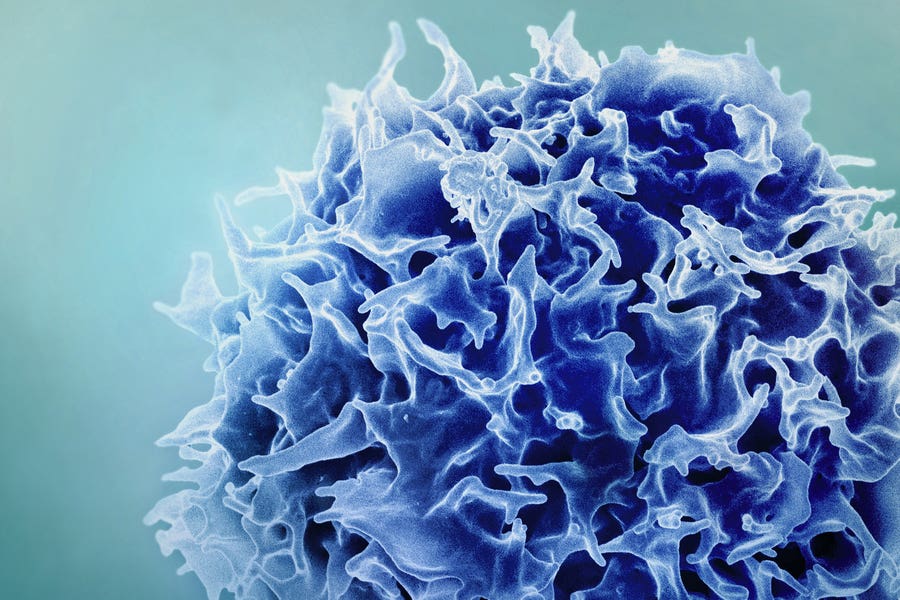New study reveals how the sixth sense really works
Proprioception, the sixth sense, silently guides your movements and posture. Learn how new research is unlocking its genetic secrets and medical potential.

Our five senses: seeing, hearing, smelling, tasting, and touching help us understand the world around us. (CREDIT: CC BY-SA 4.0)
Proprioception, often referred to as the "sixth sense," operates quietly in the background, guiding every movement and posture adjustment. Unlike the five traditional senses, this hidden system keeps you balanced, coordinated, and aware of your body’s position in space. Without it, even the simplest actions—walking, sipping coffee, or picking up a pen—would become clumsy and effortful.
Niccolò Zampieri, head of the Development and Function of Neural Circuits Lab at the Max Delbrück Center in Berlin, emphasizes its importance: “Its job is to collect information from the muscles and joints about our movements, posture, and position in space, and then pass that on to our central nervous system.” This allows the brain and spinal cord to issue precise motor commands, ensuring smooth, controlled motion.
Unlocking the Secrets of Proprioceptive Sensory Neurons
At the heart of proprioception are specialized sensory neurons located in the dorsal root ganglia of the spinal cord. These neurons are connected to muscle spindles and Golgi tendon organs—tiny structures that detect muscle stretch and tension. By relaying this information, proprioceptive sensory neurons (pSN) help the central nervous system fine-tune muscle activity.
“These neurons form highly specific connections with different muscle groups,” says Dr. Stephan Dietrich, a researcher in Zampieri’s lab. This precision is essential for tasks ranging from balancing on one foot to playing a musical instrument. Yet, the molecular mechanisms that enable these neurons to connect so accurately with their target muscles have long puzzled scientists.
Using advanced single-cell RNA sequencing, Dietrich and his team have begun to unravel these mysteries. They identified distinct genetic markers that differentiate pSN connected to muscles in the abdomen, back, and limbs. “We found genes that provide each group of sensory neurons with a unique molecular identity,” Dietrich explains. These markers are active even before birth, guiding nerve fibers to their specific muscle targets.
The Role of Ephrins in Neural Guidance
One of the most significant discoveries involved a family of proteins called ephrins and their receptors. These proteins act as navigational cues, helping nerve fibers find their correct destinations during development.
Related Stories
In experiments with mice lacking ephrin-A5, a crucial protein in this family, the team observed impaired connections between pSN and the muscles in the hind legs. This finding underscores the importance of ephrins in forming accurate neural circuits.
Such precise wiring is not only vital for smooth movements but also for maintaining skeletal health. Miscommunication between nerves and muscles can lead to altered muscle tension, which in turn can cause skeletal deformities.
Zampieri recently points out in a paper for the journal Nature Communications that conditions like scoliosis—a sideways curvature of the spine—might be linked to faulty proprioceptive feedback. “We suspect that dysfunctional proprioception distorts muscle tension in the back, leading to spinal deformities,” he says.
From Basic Research to Medical Applications
The implications of these findings extend far beyond basic science. Understanding the genetic and molecular underpinnings of proprioception could revolutionize treatments for a range of conditions.
For example, individuals with spinal cord injuries could benefit from more advanced neuroprosthetic devices designed to restore lost sensory and motor functions.
“With optogenetics, we can use light to control proprioceptors, either individually or in groups,” Zampieri explains. This technique allows researchers to study how specific proprioceptors contribute to movement and balance. By pinpointing their roles, scientists can optimize neuroprosthetic designs to better mimic natural proprioceptive feedback.
Such advancements hold promise for patients who have lost proprioceptive function due to injury or disease. By restoring this critical sense, neuroprosthetics could enable smoother, more natural movements, improving the quality of life for countless individuals.
Proprioception’s Role in Skeletal Health
Beyond movement, proprioception plays a crucial role in maintaining skeletal integrity. Recent research suggests that disruptions in proprioceptive feedback can lead to conditions like scoliosis and hip dysplasia, an abnormality of the hip joint. These findings open new avenues for therapeutic interventions aimed at correcting or preventing skeletal deformities.
“If we can better understand our sixth sense, we could develop therapies to counteract these and other types of skeletal damage,” Zampieri envisions. This could include novel treatments that target the underlying proprioceptive dysfunction, addressing the root cause of the problem rather than merely managing its symptoms.
Towards a Future of Precision Therapies
The work of Zampieri and his team represents a significant step forward in our understanding of proprioception. By identifying the genetic markers and molecular pathways that govern this hidden sense, they are laying the groundwork for innovative medical solutions.
From advanced neuroprosthetics to targeted therapies for skeletal disorders, the potential applications of this research are vast.
As scientists continue to explore the intricacies of proprioception, they bring us closer to a future where even severe injuries and congenital conditions can be effectively treated. In doing so, they not only improve individual lives but also expand our understanding of the complex systems that keep us moving and thriving.
Note: Materials provided above by The Brighter Side of News. Content may be edited for style and length.
Like these kind of feel good stories? Get The Brighter Side of News' newsletter.



